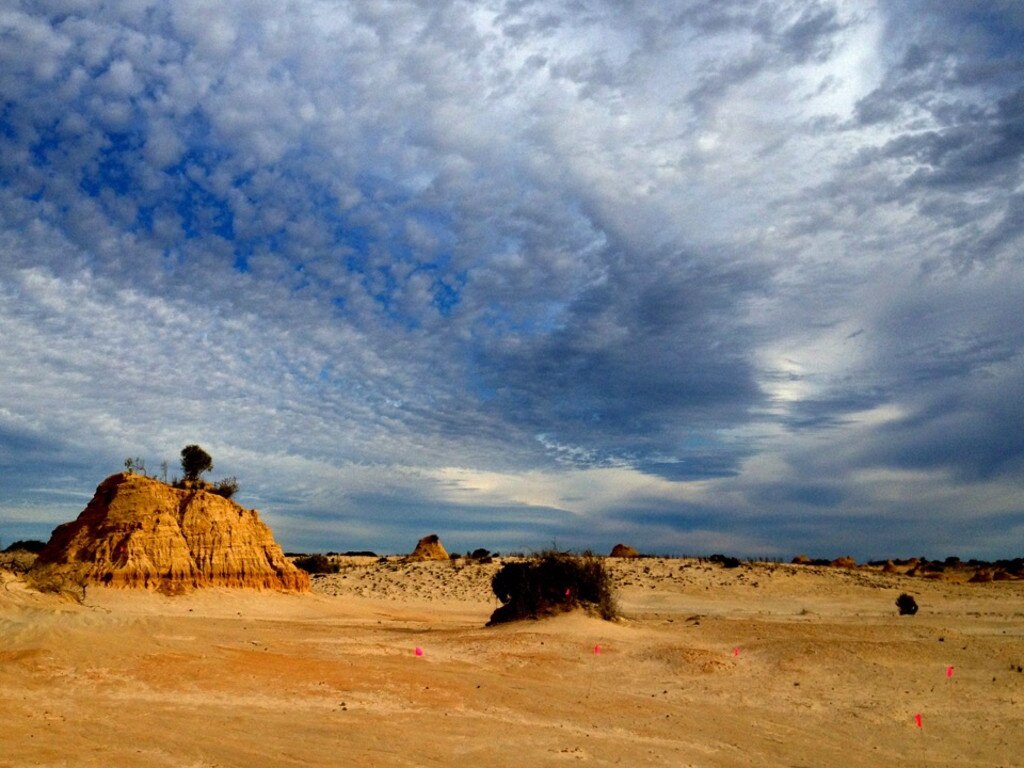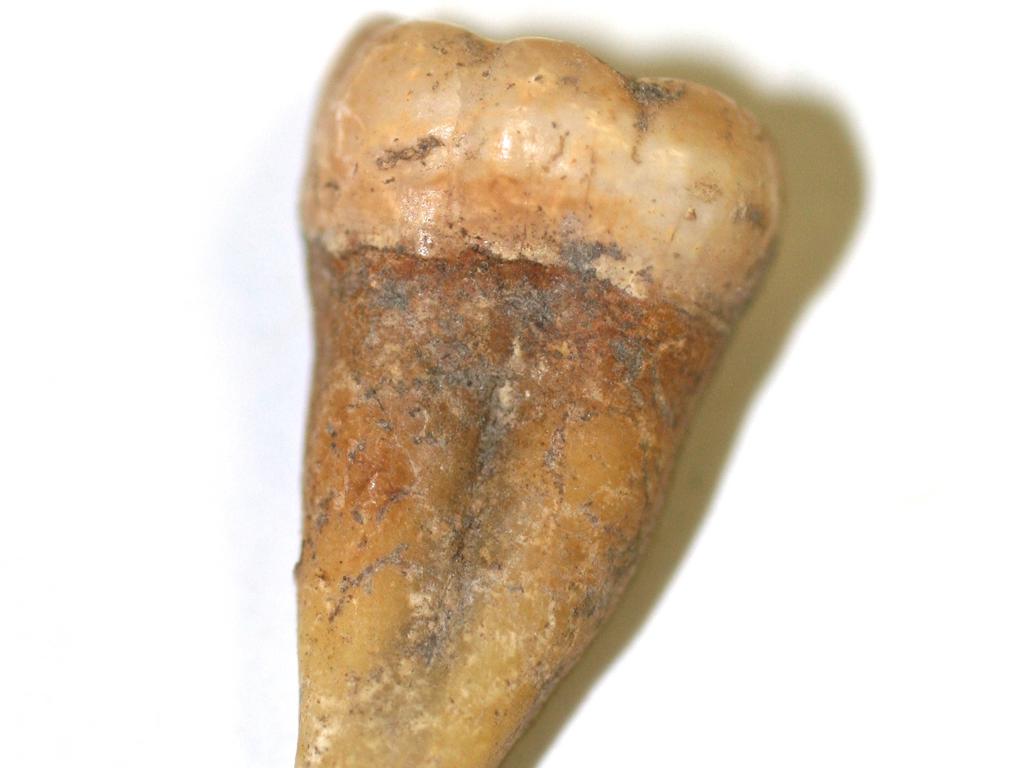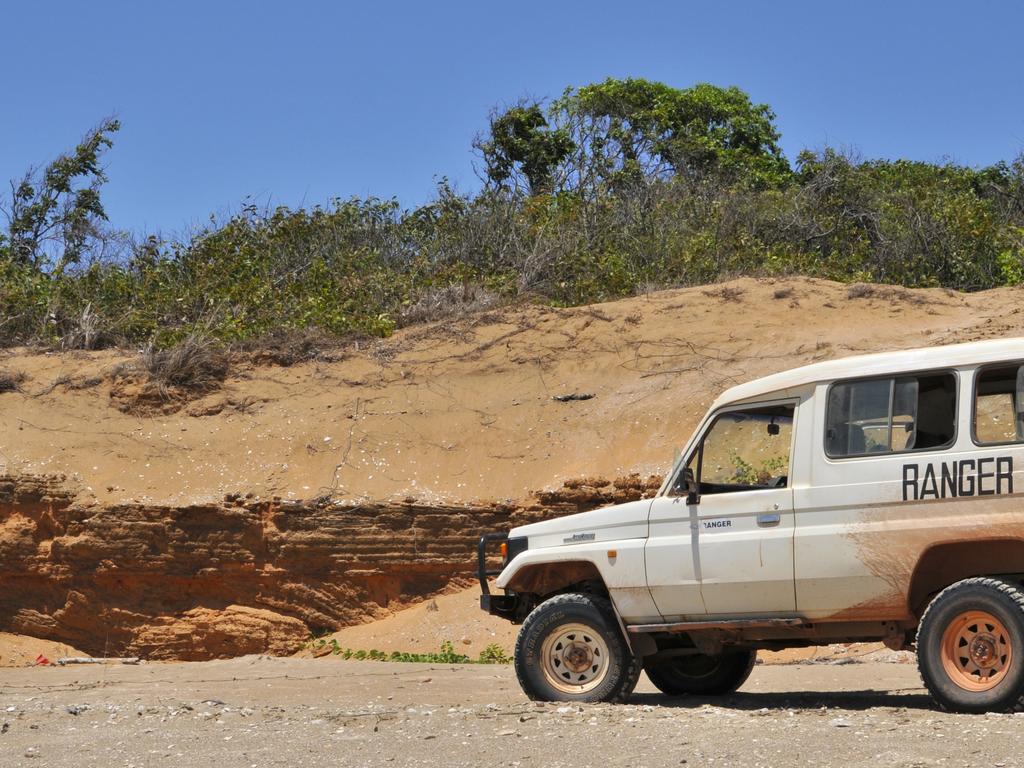Australia’s ancient mysteries solved in world-first research
The secrets behind ancient remains in Australia have been unlocked — but the discovery poses a serious problem.
Scientists working to uncover ancient DNA in Australia have hit a massive roadblock, with a contentious ethical debate standing in the way of groundbreaking breakthroughs.
World-first research out today reveals investigations into ancient DNA could enable the return of Aboriginal remains to their rightful origins, but it’s likely to spark fierce debate between Australia’s first people and the museums that house their oldest artefacts.
The research paper highlights that after European colonisation the ancestral remains of indigenous people were often collected — or stolen — for scientific research or museum collections.
For many decades, indigenous people, including Native Americans and Aboriginal Australians, have fought for their return.
Aboriginal children among the “Stolen Generation” — many of whom are now adults — lost their connections to “place and country” when they were removed from their families and placed into institutions or with European families.
Now there is also potential to find out whey they came from using nuclear DNA-based methods.
“This issue is of particular importance to Aboriginal Australians given their spiritual connection to the place in which they were born and lived,” the research paper said.
“Many Aboriginal Australians believe that in order for their ancestor’s spirits to rest, their remains must be returned to their ancestral lands and their kin after death.”
Researchers from Griffith University’s Australian Research Centre for Human Evolution
team, who contributed to the paper, said how far they could go with their method would now be up to indigenous elders.
“Now that we’ve shown that this could be used, should it be used?” Dr Joanne Wright said.
“We’ve shown that it can be, but it’s not our decision to make.”

The other problem researchers have faced is the difficulty uncovering ancient DNA in Australia.
Researchers say that heat, humidity and tropical elements makes it “extremely difficult” to recover something to analyse.
The researchers collaborated with Aboriginal elders and communities across Queensland and
NSW, as well as the Queensland Museum, to analyse DNA extracted from ancient remains recovered from several regions.
The remains had been either excavated from their burial by community request to save
them, or were well documented repatriations from the Queensland Museum.
The team uses nuclear DNA-based methods to enable the “return to country”.
Dr Wright said she worked closely with Thaynakwith Elder, Tapij Wales, from Weipa on remains discovered eroding from the sand dunes at Duyfken Point.
He sadly died before the research was complete.


“He told me wanted to know how this ancient lady was related to his people, and asked if
the DNA of the contemporary population of Weipa could be compared with any ancient
DNA that had been recovered,” Dr Wright said.
Over the course of nearly six years, the research team extracted DNA from 27 ancient
pre-European settlement remains of known provenance from sites in Queensland sites at Weipa, Cairns and Mapoon, and in NSW at Bourke, Willandra Lakes and Barham.
The team analysed mitochondrial DNA, which is maternally inherited, and found the origin for
62.1 per cent of ancient Aboriginal remains included in the research could be determined.
But the remaining 37.9 per cent yielded results that were inconclusive because of the lack of contemporary matches or samples being geographically widespread.
Nuclear DNA, which is derived from both parents, yielded the most accurate results, working in 100 per cent of cases and to precise locations.
Professor David Lambert said using nuclear DNA was very effective and if applied to
unknown ancestral remains, would greatly help with their return.
“Ancient DNA from Australia where you’re battling heat, humidity and tropical elements
can be extremely difficult to recover,” Prof Lambert said.
“This is our ‘positive control’ experiment — we know where these remains came from, so if
we find the closest living relative is from the area where the bones came from, then we
know that the method works properly.”




